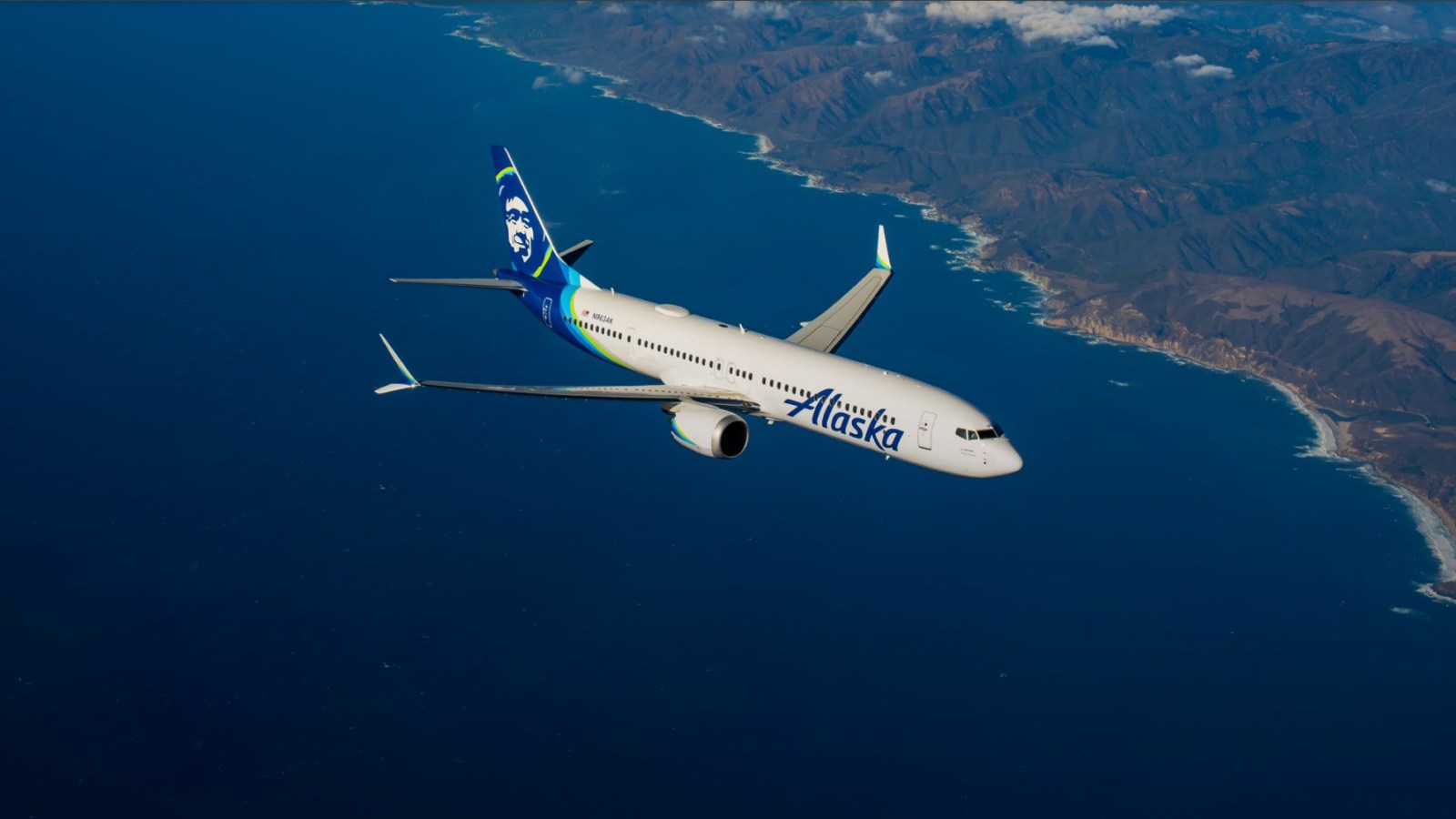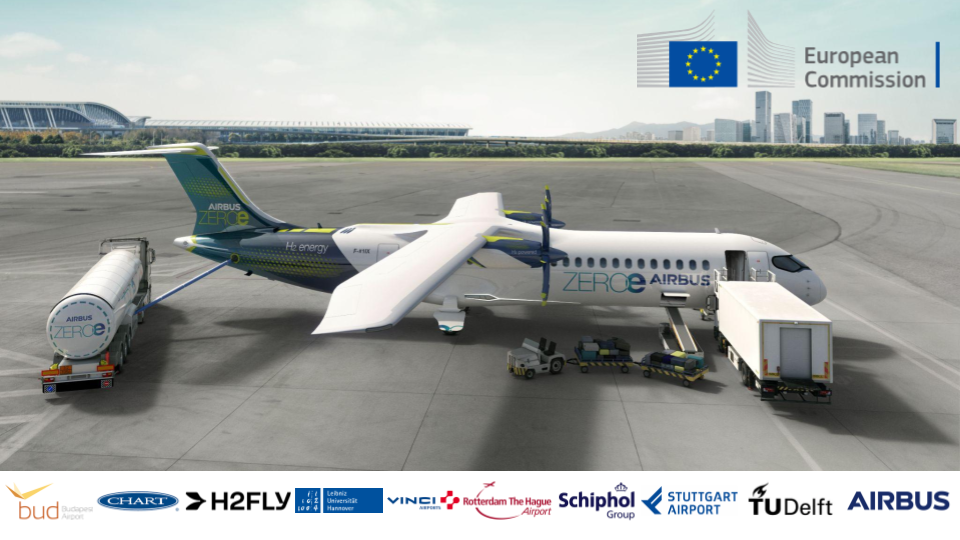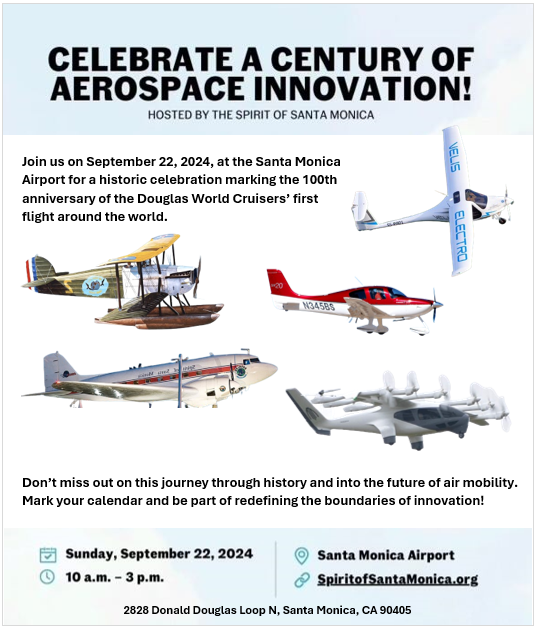
Reduced Vertical Separation Minima (RVSM) is an invisible framework that has revolutionized air travel by improving fuel efficiency and increasing airspace capacity. Learn about its genesis, impact, and the crucial role it plays in shaping the future of aviation.
In the vast blue expanse above us, where the thin air meets technological prowess, lies an invisible yet crucial framework that ensures the safety and efficiency of our journeys through the skies. This framework, known as Reduced Vertical Separation Minima (RVSM), is a set of regulations that has quietly revolutionized air travel by allowing aircraft to fly closer together at high altitudes without compromising safety. Implemented in the late 1990s, RVSM has been a pivotal factor in improving fuel efficiency and increasing airspace capacity, marking a significant evolution in aviation management.
The Genesis and Impact of RVSM
RVSM was born out of necessity. As the skies became more crowded and the quest for fuel efficiency became paramount, the aviation industry sought ways to optimize airspace. Prior to RVSM, the standard vertical separation between aircraft flying between 29,000 and 41,000 feet was 2,000 feet. This regulation, though safe, was not fuel or space-efficient. The transition to a 1,000-foot separation under RVSM guidelines represented a bold and strategic move to enhance operational efficiency and environmental stewardship in the aviation sector.
The benefits of RVSM are manifold. For airlines, the reduced vertical separation translates into lower fuel burn and, consequently, lower carbon emissions. For passengers, it means the potential for more direct flight paths and less congestion in the skies, leading to smoother and possibly quicker journeys. For the environment, RVSM contributes to the global effort to reduce aviation’s carbon footprint, a critical concern in our warming world.
Behind the Scenes: Training, Regulation, and Safety
However, the implementation of RVSM is not as simple as drawing new lines in the sky. It requires aircraft to be equipped with highly accurate altitude measurement systems and for pilots and maintenance crews to undergo specialized training programs. The precision demanded by RVSM is high; even a minor deviation in altitude can pose a safety risk. Therefore, aircraft and operators must receive specific approvals to participate in RVSM airspace, ensuring that they meet the stringent requirements for altitude keeping performance and system redundancy.
Regulatory bodies worldwide, including the Federal Aviation Administration (FAA) in the United States and the European Union Aviation Safety Agency (EASA) in Europe, oversee the compliance and enforcement of RVSM standards. These organizations conduct regular monitoring of approved aircraft to verify that altitude measurement systems are functioning correctly and that pilots adhere to the required protocols. This oversight is crucial in maintaining the integrity and safety of RVSM operations.
RVSM: Looking Towards the Future
As we look towards the future, the role of RVSM in shaping the next generation of air travel becomes increasingly evident. With the advent of new technologies and the increasing focus on sustainability, RVSM stands as a testament to the aviation industry’s ability to innovate for efficiency and safety. The continued success of RVSM will depend on the industry’s commitment to rigorous training, precise engineering, and adaptive regulation.
In essence, the story of RVSM is more than just a tale of reducing vertical separation minima. It is a narrative of human ingenuity, technological advancement, and the relentless pursuit of harmony between our desire to explore the skies and our responsibility to protect the planet. As we voyage through the clouds, let us take a moment to appreciate the complex yet invisible frameworks that make our journeys safer, cleaner, and more efficient. In the realm of aviation, every inch counts, and thanks to RVSM, those inches are opening up new horizons for us all.





/cdn.vox-cdn.com/uploads/chorus_asset/file/25476438/Gen_3_Cube_Rendering.png)






